Tlaquetzqui (storyteller) of the codices and pulque drinker.Religion and mythology of the Aztecs and Mesoamerica.Master’s Degree in Theology.
Don't wanna be here? Send us removal request.
Text
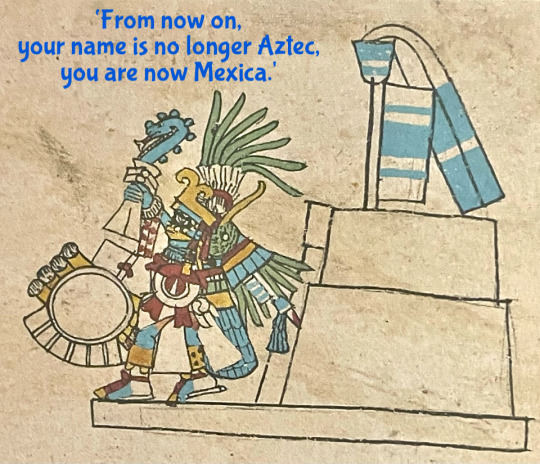
Huitzilopochtli,
patron of the Mexica
"And Huitzilopochtli said to them,
'Take what is among the cacti. They will be the first tribute! And at once there, he changed the name of the Aztecs. He said to them, 'From now on, your name is no longer Aztec, you are now Mexica!
There he painted their ears black; in this way the Mexica took their name.
And there they were given the arrow and the bow and the little net.
Whatever flew overhead, the Mexica shot them well with bows and arrows.
Photo: Codex Borbonicus
Text: Codex Azcatitlan
13 notes
·
View notes
Text

On the year 4 reed day 2 house descend Lord 1 Movement (Yya Caa Qhi; the Mixtec Xolotl), the Morningstar and Lord 1 Death (Yya Caa Maha; the Mixtec Tonatiuh), the Sun descend down to the Hill of Jade and Gold.
Two strips capped with jade appear on the mountain, one with gold pectorals and the other with jade beads.
On the left Lord 1 Movement holds an atlatl and shield. His lower jaw is fleshless.
On the right Lord 1 Death also holds an atlatl and shield. He has the solar symbol on his back.
One of them (most likely 1 Death who is lord of the Temple of Jade and Gold) threw a dart at the hill breaking it open allowing Lord 1 Water Ballcourt Smoke to be born. Although he is not shown here the red line emerging from the hill is an umbilical cord connecting to 1 Water.
43 notes
·
View notes
Text

2 notes
·
View notes
Text

The Birth of the Ahuiateteo
After Quetzalcoatl's victory and transformation into the morning star, Xolotl (on top), the god of lightning, monsters and twins, and the evening star, directs a flint knife (middle) as it gives birth to Nanahuatzin, the humble god is disease. Nanahuatzin is representing the Ahuiateteo, the gods of excess and pleasure, who will be shown in the next folios.
Their leader Macuilxochitl, god of gambling, was an aspect of Xochipilli.
Photo: Codex Borgia
9 notes
·
View notes
Text

Here is shown
Mictlantecuhtli as guardian of the fifth temple. He is Lord of the land of the dead. The roof of his house is crowned with five skulls. A spine is drawn on the wall while the outer walls are sketched flints. On the bottom are four other skulls.
In his hands he holds a bone dagger and a maguey thorn. In the other hand he holds a vase containing green feathers and two flints.
Photo: Codex Fejervary-Mayer
18 notes
·
View notes
Text

Found in Mexico City in 1969 this stone sculpture of a dancing spider monkey wearing the wind conch shell and wind mask and is sitting in a serpent he's holding on his back.
Currently at the MET in New York.
At the end of the of the second age Quetzalcoatl let loose the
hurricanes and the winds blew all the people away. Some hung on to trees and they were turned into monkeys.
Monkeys also are connected with Xochipilli/Macuilxochitl.
15 notes
·
View notes
Photo
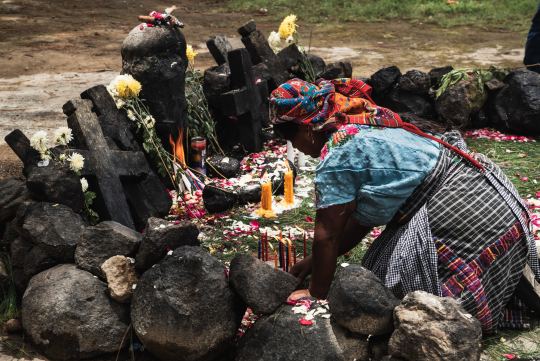
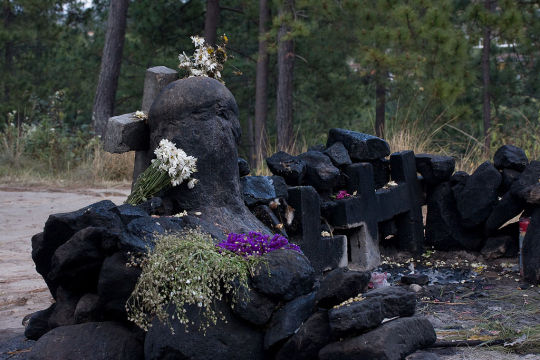
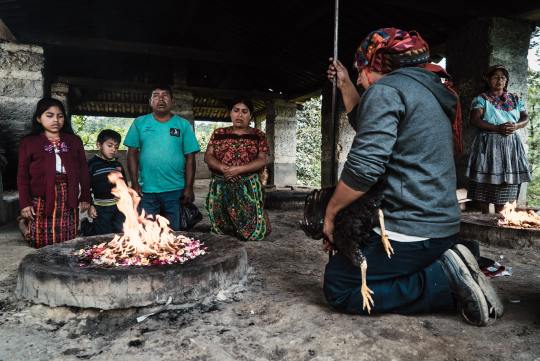
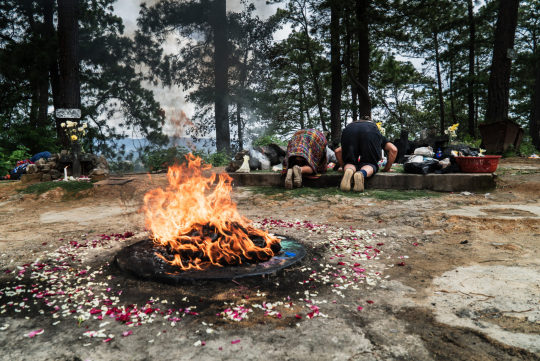

Maya religiosity still survives Christianity, in photos offerings and rituals to a pre-Columbian deity, Pascual Abaj, by the Mayans of Chichicastenango in Guatemala, photos by Kamran Ali
370 notes
·
View notes
Photo

St. Katherine Greek Orthodox Church in Falls Church, Virginia
353 notes
·
View notes
Note
Would you consider Perun to be a god of war? I know he is associated with justice, but was just wondering if war would also be an accurate association
Oh I’d even venture to say that as far as his popular image goes he is associated with war and combat much more commonly than with justice.
His name means ”The One Who Strikes” and reflects his role as the punisher of evil. In Polish a related word „prać” exists, denoting hitting or beating (as well as doing laundry, which is it’s main meaning in modern Polish, originating from the times when laundry involved beating the fabric with a wooden bat). Perun is a protector of the people but he fulfils this role through actively and mercilessly seeking out, pursuing and attacking what he considers unclean forces (click, click). People used to believe fulgurites and belemnites are Perun’s scattered arrows, that he uses to shoot evil spirits; his attributes are also axes and hammers.
„Thus the Emperors Leo and Alexander made peace with Oleg, and after agreeing upon the tribute and mutually binding themselves by oath, they kissed the cross, and invited Oleg and his men to swear an oath likewise. According to the religion of the Russes, the latter swore by their weapons and by their god Perun, as well as by Volos, the god of cattle, and thus confirmed the treaty.”
„The unbaptized Russes shall lay down their shields, their naked swords, their armlets, and their other weapons, and shall swear to all that is inscribed upon this parchment, to be faithfully observed forever by Igor', all his boyars, and all the people from the land of Rus'. If any of the princes or any Russian subject, whether Christian or non-Christian, violates the terms of this instrument, he shall merit death by his own weapons, and be accursed of God and of Perun because he violated his oath. So be it good that the Great Prince Igor' shall rightly maintain these friendly relations that they may never be interrupted, as long as the sun shines and the world endures henceforth and forevermore.”
„But if we fail in the observance of any of the aforesaid stipulations, either I or my companions, or my subjects, may we be accursed of the god in whom we believe, namely, of Perun and Volos, the god of flocks, and we become yellow as gold, and be slain with our own weapons.” - Russian Primary Chronicle, Laurentian Text
Those quotes are very significant because they reveal to us a lot about both gods’ spheres of activity - the punishments for breaking the oath reflect the gods’ patronage. Russes swear by their weapons and Perun - the punishment for breaking their word is being slain by their own weapons. They swear by Veles, the chthonic god of cattle - the punishment is becoming golden, most likely an euphemism for contracting a specific type of disease (for example scrofula was known as ”zołotucha”, ”the golden illness”).
Many scholars (Uspensky and Szyjewski to name some) view Perun as patron of the prince and his warriors (druzhina). It’s even speculated that he may have been the patron of the Rurikid dynasty as a whole, with Veles in opposition to him as patron of common people, peasants. In this context it has to be mentioned that at the time it was also the prince who served as the lawmaker and one of the main administrators of justice.
Two commonly mentioned Saints he is believed to have been amalgamated with are Prophet Elijah (Ilya) and Saint George (Yuriy). The former a stern and punitive man travelling across the sky in a burning chariot, armed in lightning, wheels rattling thunderously. The latter a roman soldier, a military Saint, in Russia favored by the upper classes (Ivanits); usually depicted on a horse, spear in hand, in the act of defeating a dragon. Some scholars also believe him to be related to Ilya Muromets, a popular hero from the bylinas of Kyivan Rus.
A story about Prophet Elijah and Saint Nicholas.
In Russian folklore Prophet Elijah is seen as strict and formal, quick to punish evil as well as inappropriate behaviors. With the power over storms of wind and hail as well as fires started by the strike of lightning he was a terrifying force, one that could ruin your fields or your house in just few minutes, sentencing you to poverty and starvation. On the other hand, the rain arriving with storm season was absolutely necessary to nourish the fields. It should come as no surprise that common folk had a lot of superstitions centered around him and were careful to treat him with respect. In the folk tale linked above we can see him taking deep offence at lack of respect shown to him and punishing it harshly, but also doing his best to ensure those who honor him faithfully never suffer by his hand and are blessed.
Both his anger and joy can be fearsome. A friend of mine once told me a Serbian legend about Prophet Elijah: that he loves celebrating his birthday (20th of July/ 2nd of August) so much he throws huge parties and cheerfully tries to impress the guests by striking things with lightning and causing great thundering in the sky. Unfortunately the show is rather scary for regular mortals and can cause significant damage, so Elijah’s siblings frequently try to make him forget about his birthday and stop the party from happening. Upon discovering their plots he becomes sad and mad and may throw around some more lightning - this is why either way you’ll have plenty of storms in July/August.
The image of Perun we can reconstruct from those stories is that of an aggressive and punitive warlike figure. Still, it can be seen clearly how that ties in with his role as upholder of order: lawmaker and law enforcer. A perfect guarantor for your oaths if you intend to uphold them.
My interpretations: For the reasons presented above I personally tend to associate Perun with disciplined army and strategic, organized warfare rather than merely the bloodshed of battle or unbridled rage of a berserker. As the patron of warriors/soldiers he can be merciless and harsh but also protective and courageous. As the god historically associated with nobility he pays attention to whether people approach him with respect and honor him respectfully, holds the authority over law and order, as well as to some degree embodies the ideals of honor and honesty. Tldr: you couldn’t find a better person to have in your corner if you’ve gotten yourself in trouble with any belligerent spirits or could use some structure and discipline in your life.
Sources (in random order cause tired): Russian Primary Chronicle, Laurentian Text, Mitologia Słowian by Aleksander Gieysztor, Religia Słowian by Andrzej Szyjewski, Kult Św. Mikołaja na Rusi by Boris Uspensky (pl. trans. Janus, Mayenowa, Kozłowska), Religia Pogańskich Słowian by Stanisław Urbańczyk, Russian Folk Belief by Linda Ivanits
67 notes
·
View notes
Photo
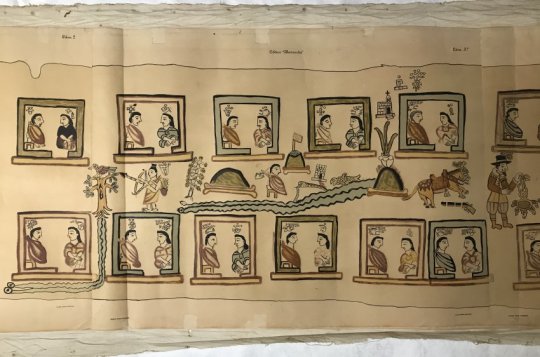
“Codice Baranda” replica print, Maxine Albro, 1930
Original codice dates to 1521.
To help support the preservation of our collection click here.
11 notes
·
View notes
Photo
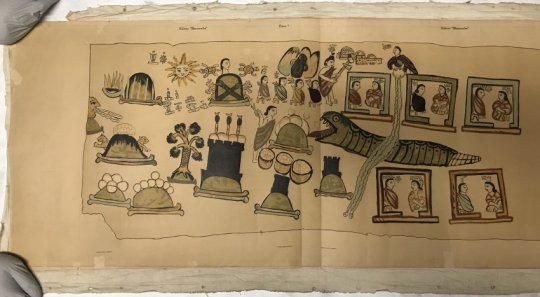

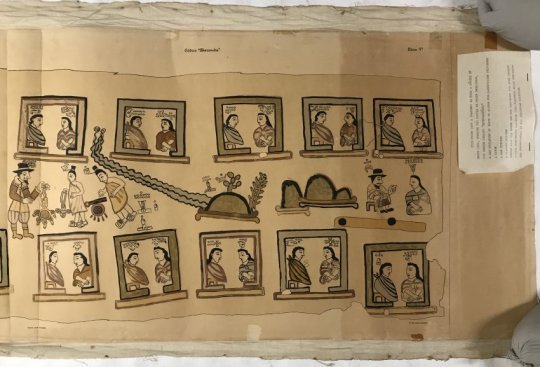
Codex Baranda, replica print by Maxine Albro, circa 1930 (original 1521)
Ink and variety of pigments on parchment
To help support the preservation of our collection click here.
20 notes
·
View notes
Photo

Canopic Jar for the Royal Scribe Khera, Egyptian, 664–332 BC, Saint Louis Art Museum: Ancient Art
https://www.slam.org/collection/objects/31994/
37 notes
·
View notes
Photo
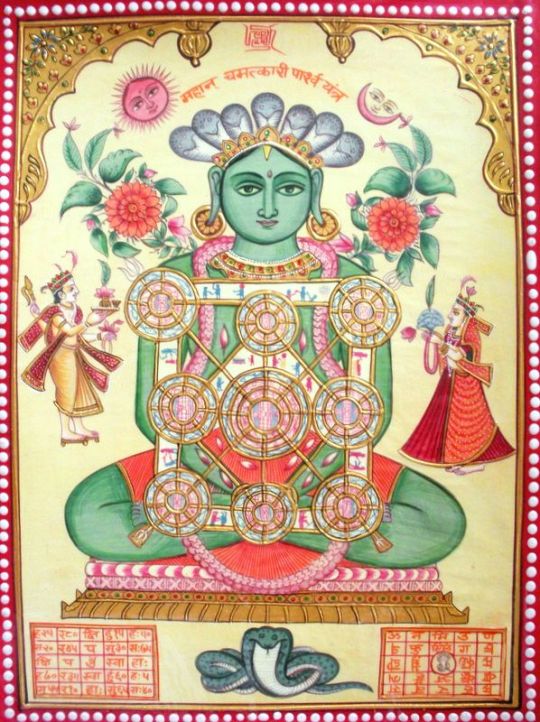
Parshwanathji with Yantra (via Jain University)
118 notes
·
View notes
Photo
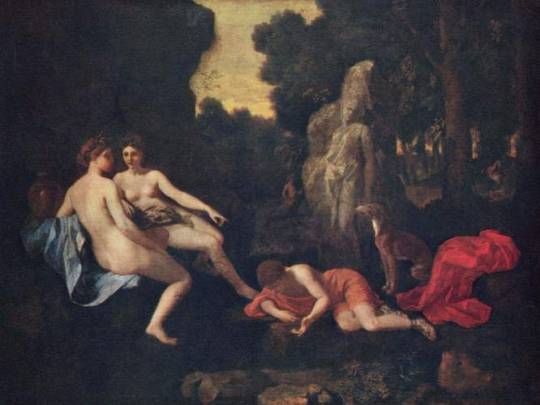
Narcissus and Echo, 1650, Nicolas Poussin
Medium: oil,canvas
32 notes
·
View notes



